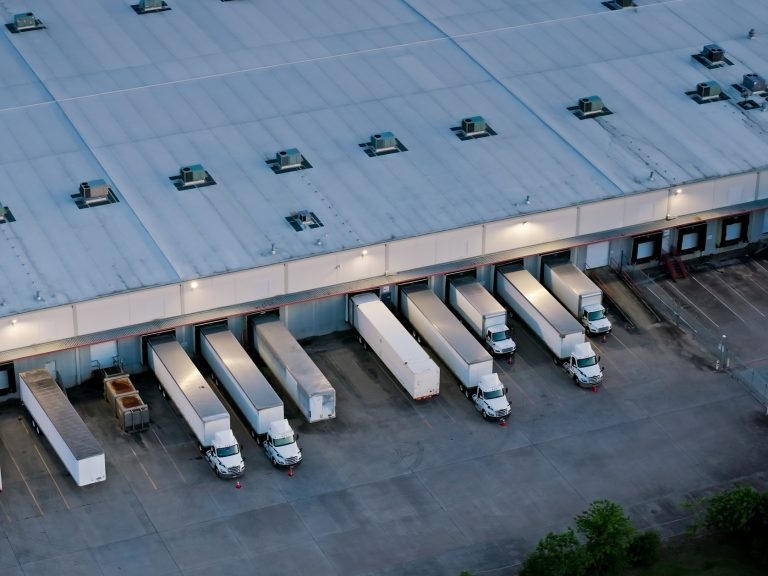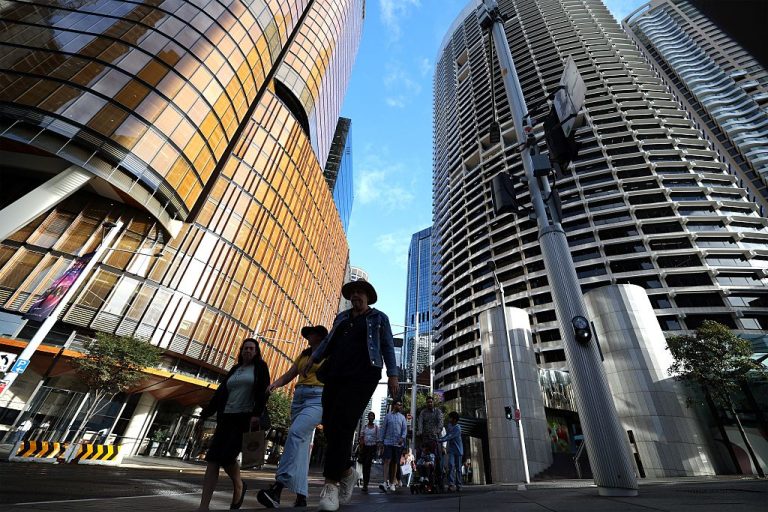How to: Choose the right bulky goods property

Following a surprising rebound in asset sales, Paul Thornhill investigates what types of bulky goods properties investors should be targeting.
Sales of bulky goods properties topped $906 million in 2012 – double the level of the previous 2 years. So what should investors evaluating these properties be looking for? RealCommercial asked George Bourgias, Research Director at m3property strategists.
“While economic conditions and retail have been subdued, I think lower interest rates are convincing investors that a turnaround is inevitable. But the key to understanding much of the recent activity has been population growth,” Bourgias says.
“For investors, their strategy needs to start at the macro level with location. Where population growth is strongest, that’s where we find the new households demanding the products these businesses supply. You then take a close look at the competition and identify locations which are likely to be undersupplied.”
Michael Bate, Colliers International Head of Retail, agrees, saying: “Much of the recent activity has been driven by unlisted trusts looking for yield and diversification along with groups like BB Retail Capital headed by Brett Blundy.
“Investors are zeroing in on centres they can build into fortress properties which will dominate the local catchment and deter new competition. They’re very interested in properties they can build on by adding more retail or parking space.
“Car access and parking is really important. In congested high streets like Fortitude Valley Qld, Scarborough Beach Road WA or Nunawading Vic, shoppers are struggling to find a park and this is encouraging showroom retailers like Bing Lee to move to destinations close to major roads and with generous parking.”
At the micro level, it’s a property’s tenants which matter. Centres with covenants to Wesfarmers, Woolworths or Metcash along with a diverse range of specialist retailers are greatly prized. Bate also highlights the rise of flat pack retailers saying, “Ikea is a proven generator of shopping traffic and its German competitor, Poco, is reportedly very happy with their first Australian site in Blacktown NSW.”
So are any new trends likely to upset the established investment fundamentals? Bourgias tells me: “There is some blurring of format lines going on as the likes of Kmart encroach on areas typically covered by bulky goods retailers.”
Internet retailing’s impact in this sector has been tiny. In 2012, Gerry Harvey famously wondered whether anyone would buy a washing machine from a website, and to date, less than 5% of consumers in the US or Europe buy whitegoods or furniture online.
Interestingly an emerging trend is a counter point to outer suburban centres with better car access. Bate tells me investors should keep their eye on new bulky good centres in inner and middle ring suburbs.
“Some are located close to major residential in-fill developments, like Victoria Gardens in Richmond Vic. In these locations, a new customer base is being custom built for these retailers right next door.”







